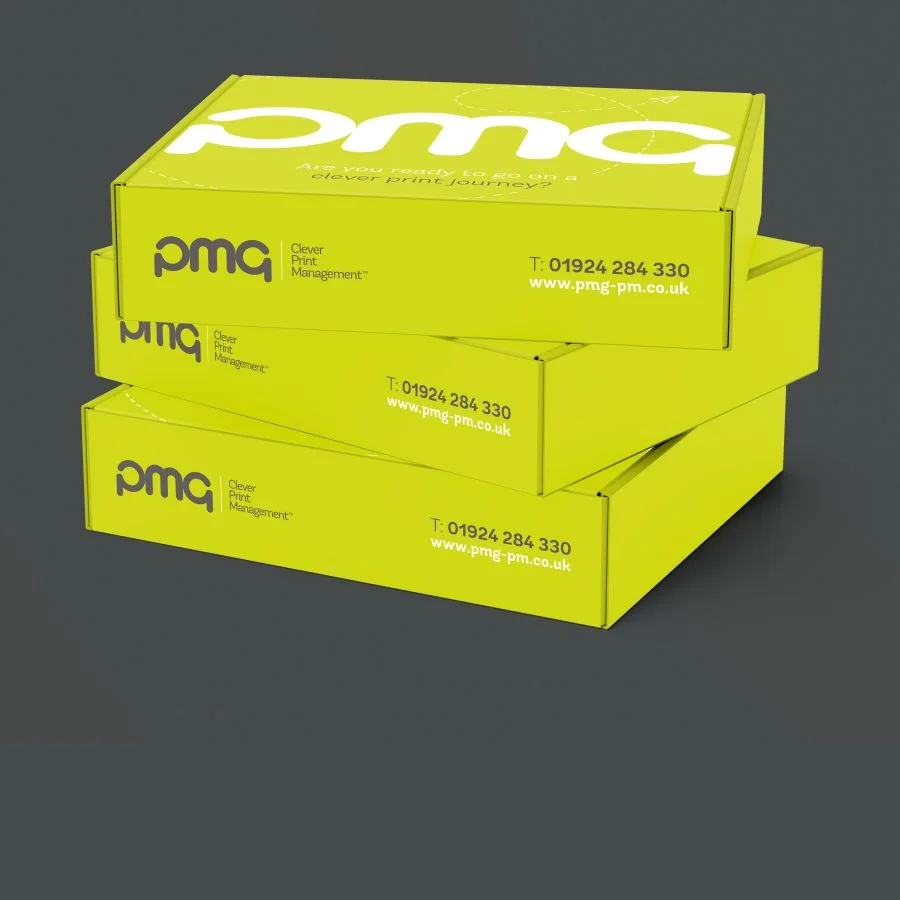
Print has advanced rapidly over the past century. Many of today’s print and print management companies would barely recognise the print technologies of even fifty years ago. Throughout print’s 1,500-year history, technologies have come and gone. As technology has advanced and the needs of consumers and businesses have changed, many printers and print technologies have been left by the wayside as they become relatively inefficient or just unneeded. In this article, we take a look at some of the many obsolete print technologies that you might have used in years gone by…
Dot matrix printers
Dot matrix printers first came to the market in the ‘70s. Mechanically, dot matrix printers work in a similar fashion to a typewriter – metal pins are struck against an ink ribbon. Each pin strike forms a dot, and the tiny dots combine to form characters. Throughout the ‘70s and ‘80s, the technology in dot matrix printers improved to boost speed, increase the range of typefaces and improve the density of dots, resulting in higher quality prints. Given the nature of the technology, dot matrix printers were almost exclusively used for text – the cost and time to print an entire image would be huge, and the end quality would be poor. As inkjet printers became a more attractive (and less noisy) option for consumers in the ‘90s, dot matrix printers gradually disappeared from offices and homes, but they are still used in some specialised areas of print.
Daisy wheel printers
Like the dot matrix printer, daisy wheel printers were impact printers, using a combination of metal characters and an ink ribbon to print characters onto paper. First invented in 1969, the daisy wheel printer was commercially available by 1972. The main mechanism of the printer consisted of a circle of ‘petals’ – each featuring a raised character – which were linked to a central disc. When printing a document, the motor turns the wheel until the desired character is next to the ink ribbon. Then, the printer’s hammer fires to print the character. The result was a high quality print – ‘letter quality’, far exceeding the quality of early dot matrix printers. Daisy wheel printers had many problems, however. First, they were noisy. Second, they were slow, with many models only printing around 30 characters per second. Third, they weren’t designed to print images. Daisy wheel printers were at their peak in 1980, but quickly declined as laser printers, inkjet printers and dot matrix printers took their place.
Mimeograph
The history of the mimeograph begins in the late 19th century, with Thomas Edison patenting several of the key mechanisms used in this technology. The mimeograph fulfilled much of the same function as a photocopier, but it worked in a very different manner. Essentially, prints were made by forcing ink through stencils and onto paper. The prepared stencil is wrapped around the rotary drum of the machine, which is filled with ink. When paper is fed between the drum and a roller, ink is forced through the stencil and onto the sheet. Both manual and electronic versions of the mimeograph existed. The mimeograph was able to produce hundreds of copies of stencilled documents very quickly, but the fragile nature of the stencils meant the quality of prints would decrease over time. Mimeographs were gradually replaced by photocopiers and offset lithography in the 1960s.
These three methods of printing may have seemed innovative and astounding in their time, but they’ve since been confined to the history books. Who knows – in a few decades time we could even have abandoned laser printers and replaced them with something more efficient still…
PMG Print Management is a print management company based in Leeds. We help you find the right printer and printing technology for your needs, helping you to save money on print. Take a look at what our print management services entail.
















































